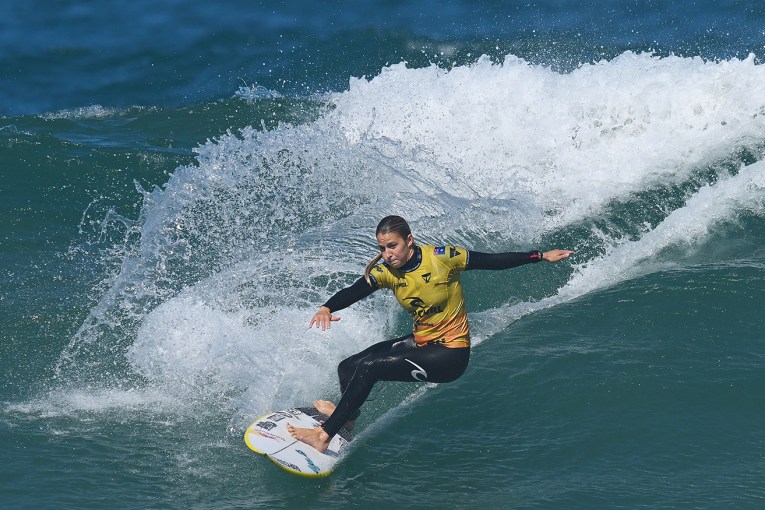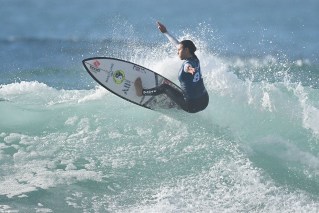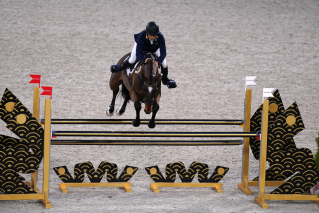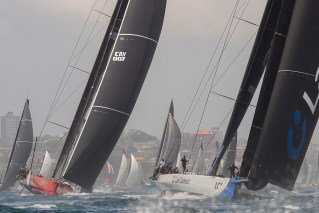Quobba surfboard fins tipped to revolutionise the world of surfing
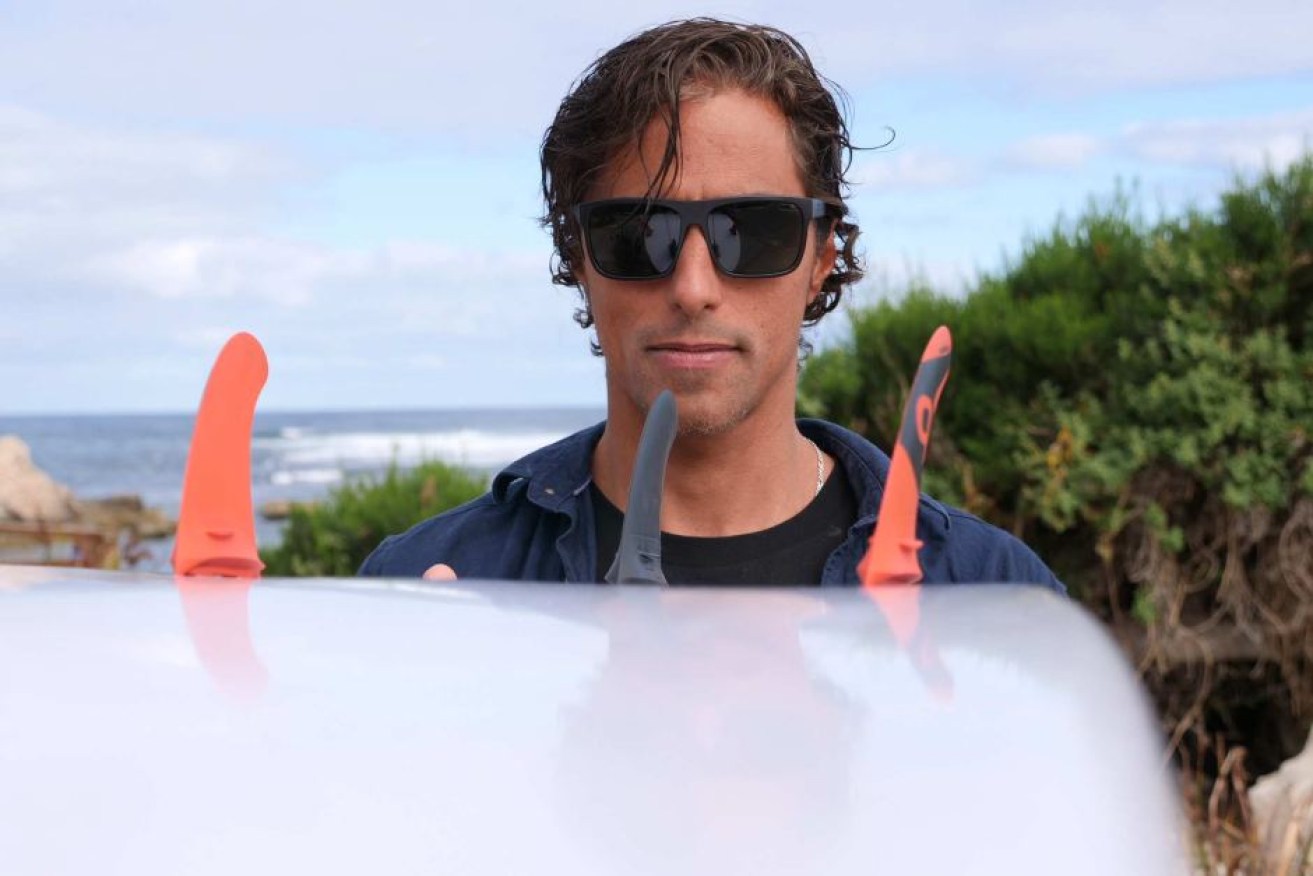
Former pro surfer Jano Belo has been trialling the Quobba fins at his home break of Margaret River. Photo: ABC
Two Australian surfing mates who spent almost 40 years researching and producing a new design of surfboard fin believe they are set to revolutionise the world of surfing.
Glenn Miller and Wayne Blakeney have used the opening day of the World Surf League’s Margaret River Pro to unveil their creation, after they secured global patents for their design.
The Quobba fins – the name coming from the Aboriginal word meaning “first” or “best” – are designed to give board riders more speed and greater flexibility on the wave.
They were inspired by the movement of the fastest fish in the ocean and have taken 38 years and more than $2.5 million to develop.
Miller, 61, said he first began thinking about the design of the fins in his early 20s.
“Basically being a surfer all my life I just wanted to make a surfboard go faster,” he said.
“It’s part of my surfing style. I have a need for speed.
“It was a lot of time thinking about how water moves across a foil.”
How the fins work
Miller said the fins were designed to increase a surfboard’s speed by giving it lift through the water.
“We are dealing with a foil. A fin is a foil. It’s like an aeroplane wing on its side. And foils give lift,” he said.
“We are creating a low pressure system around the base of the surfboard to help the fin system get sucked forward into that low pressure system as the surfboard moves through the water.
“The faster the water is moving around our fin, the more the pressure becomes lower.
“We have a saying, ‘the faster you go, the faster you go’, because that is what is actually happening. It’s like a turbo.”

Surfer Jano Belo in action at Margaret River, riding a board with Quobba fins. Photo: ABC
Long and expensive development
Miller said the fin was developed by trial and error with each new prototype costing $US900 ($1160), but he realised he had found the perfect model as soon as he fitted the latest design to his board.
“When I first tried the fins out in reasonable-sized waves I realised we had a game-changer,” he said.
“They took off like a rocket. They held. They turned on a dime and the more that people rode them it began to snowball.”
Blakeney said surfers who tried the prototypes, including some professionals, had raved about them.
“Most of the guys who try them aren’t giving them back. We can’t get them back,” he said.
Former professional surfer Mitch Thorson was so impressed with the fins he became an investor in the company about four years ago.

Quobba fin developers Wayne Blakeney, Glenn Miller and former pro-surfer Mitch Thorson at Margaret River. Photo: ABC
The trio were soon able to source the material, a new polymer, for their fins from Switzerland and encourage a designer – who used to work for Rolls Royce – to come on board.
It took them another two years searching through China and Asia before they found a company in Taiwan that could produce the fins.
Former professional surfer Jano Belo, who is now based in Margaret River, used the fins when he won the King of the Point surfing competition at Perth’s Trigg Beach in March.
“The first time I rode them I felt it straight away,” he said.
“I got more speed and more hold and straight away I wanted them. I’ve been riding them for about five months now and they feel great.”
Surfing’s last significant change

Simon Anderson’s Thruster design was the last major change in surfboard development. Photo: Museum of British Surfing
Sydney surfer Simon Anderson changed wave riding when, in 1980, while struggling with small waves on the fledgling pro tour, he stuck three fins on a surfboard and invented the Thruster. He won the Bells Beach Classic competition in 1981 on one of his boards and the Thruster design soon became the most popular fin design for surfboards.
Anderson retired from the professional circuit in the mid-1980s and never sought to benefit commercially by patenting his invention.
He was awarded the Australian Sports Medal for services to surfboard design in 2000, published an autobiography in 2011 and was later inducted into the Surfer’s Hall of Fame.
